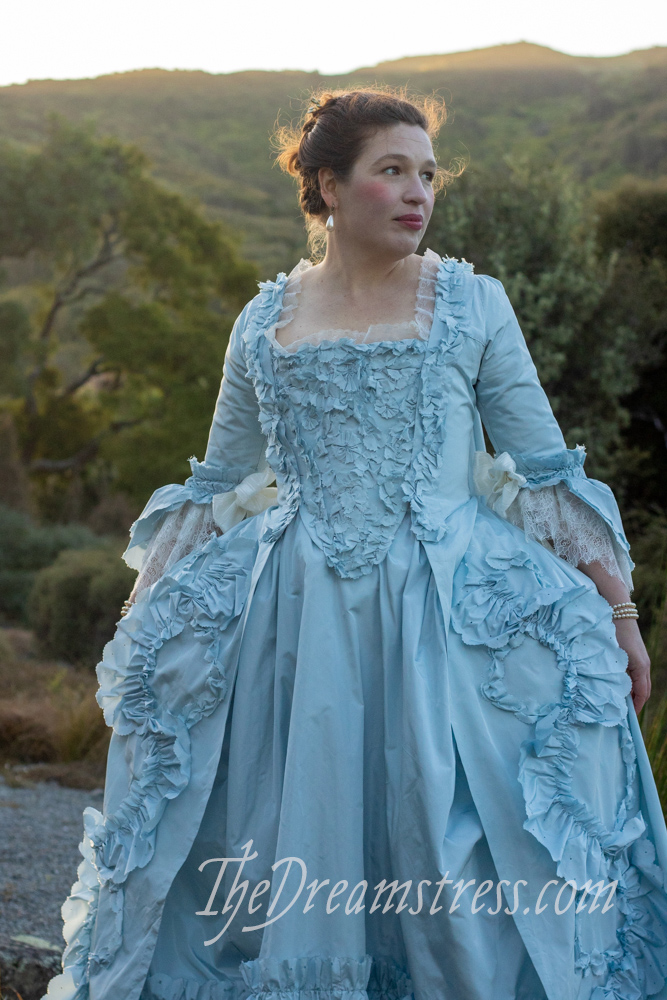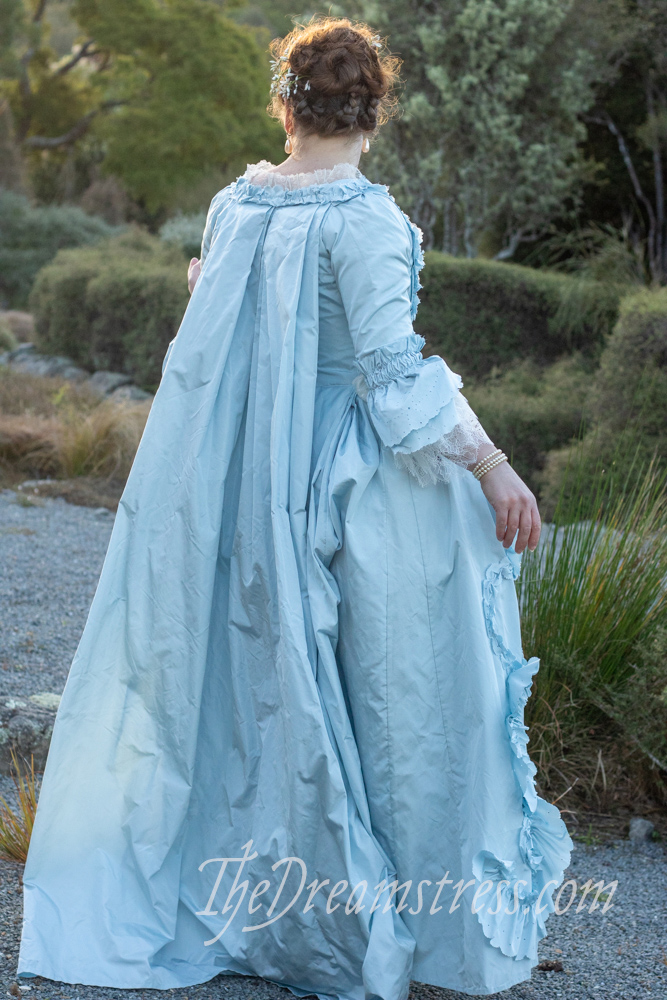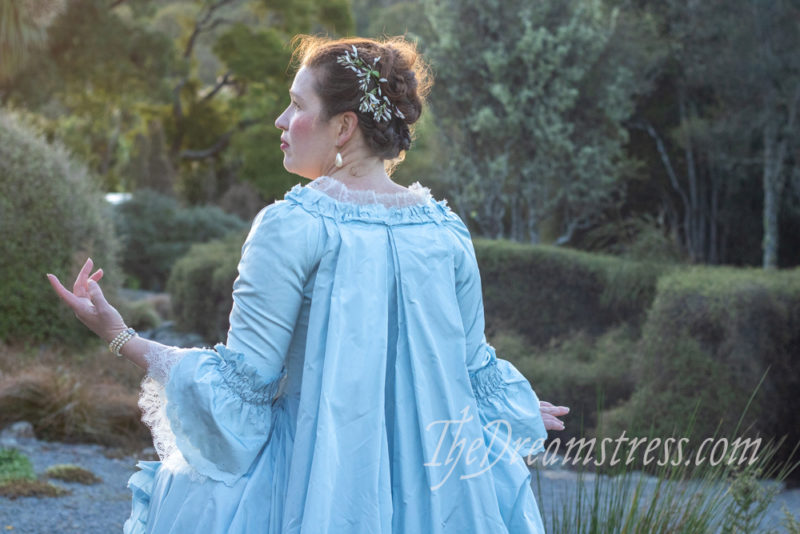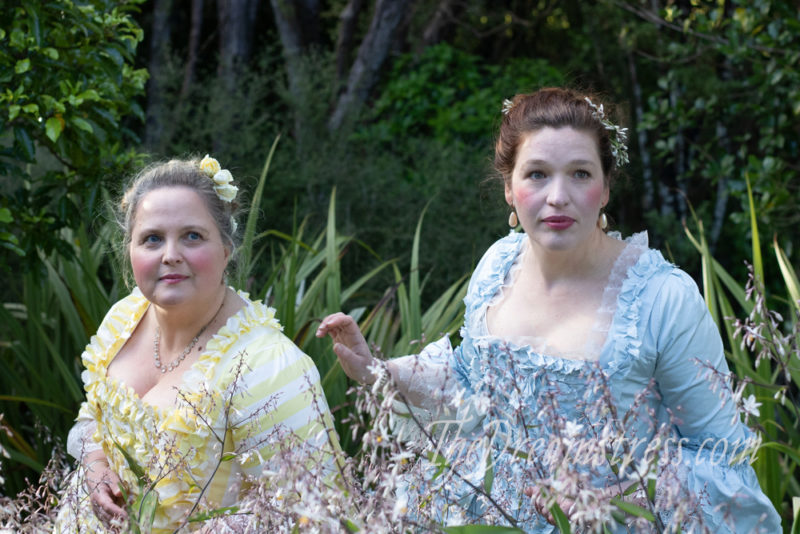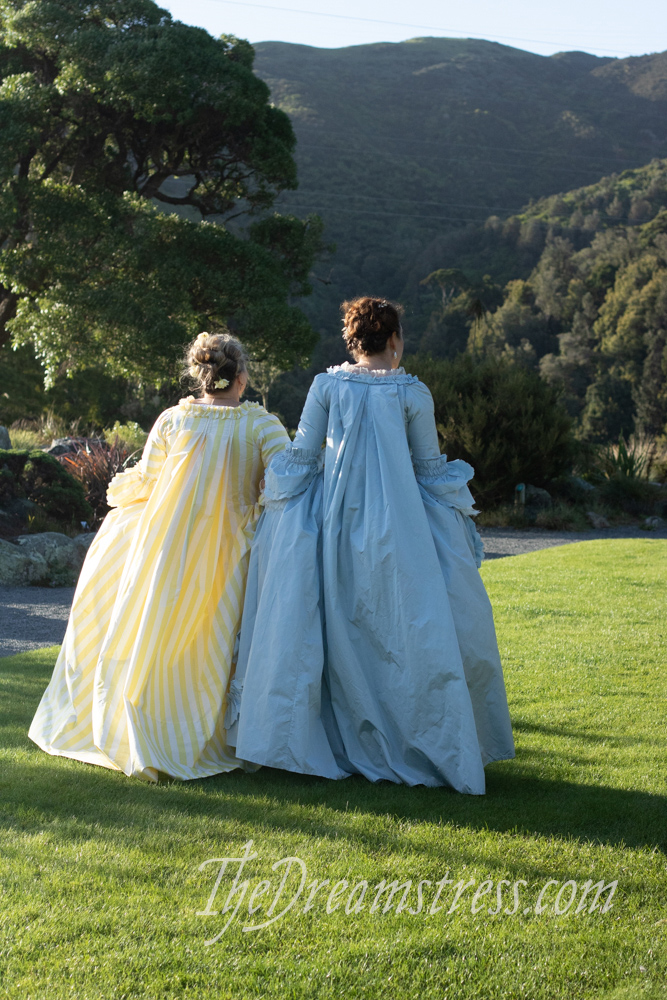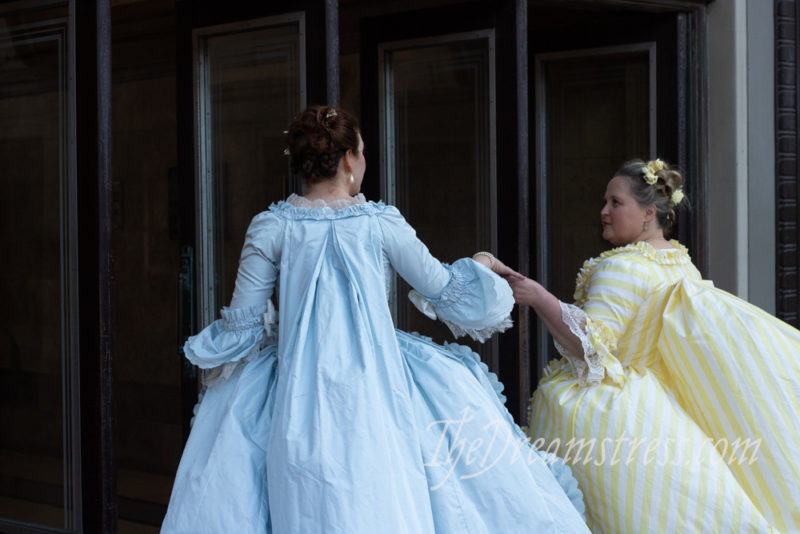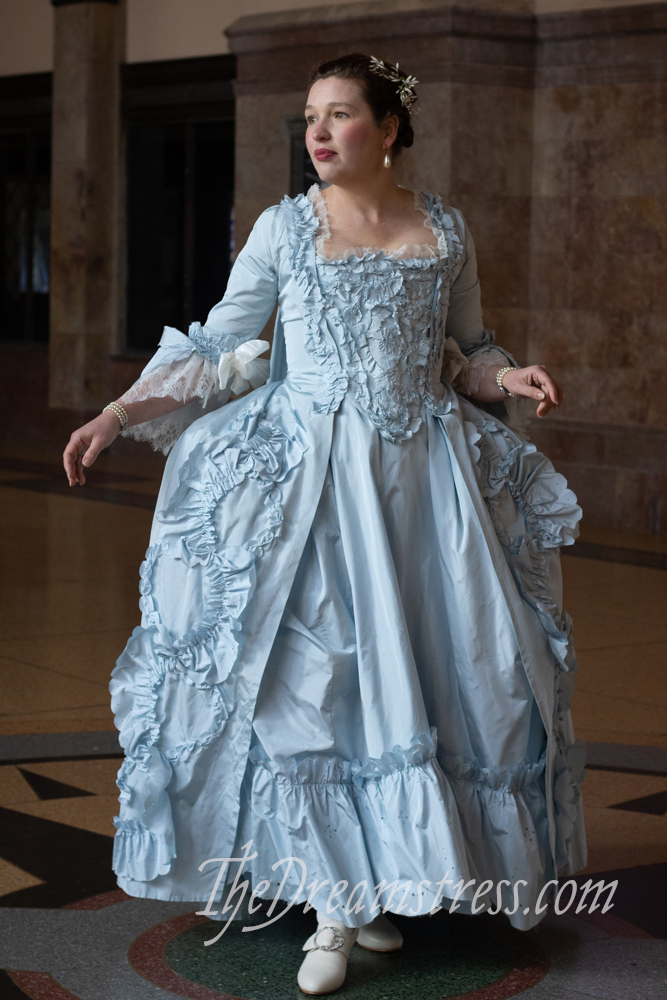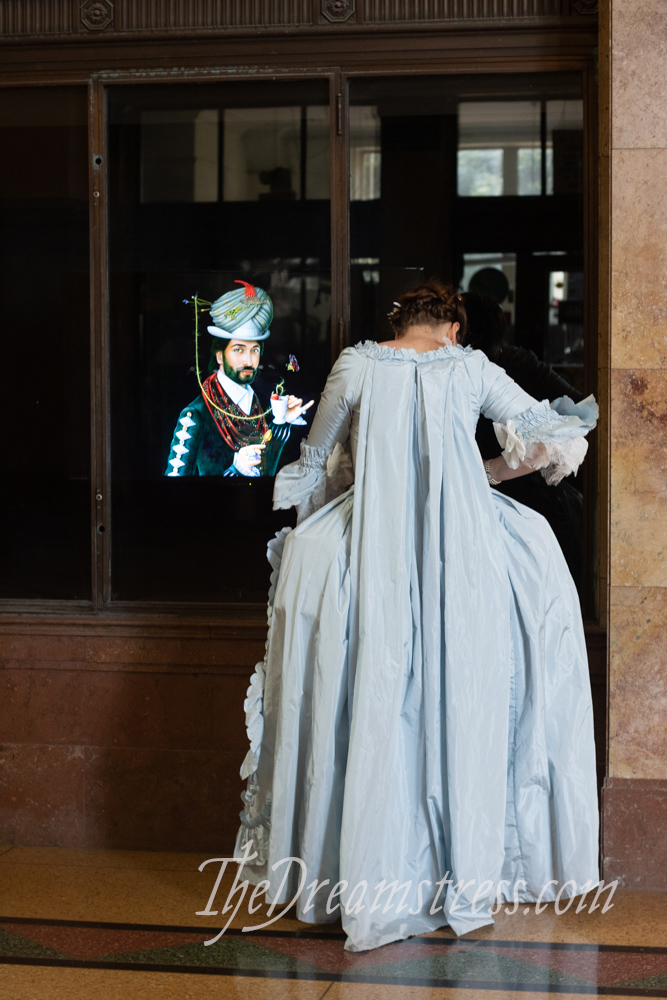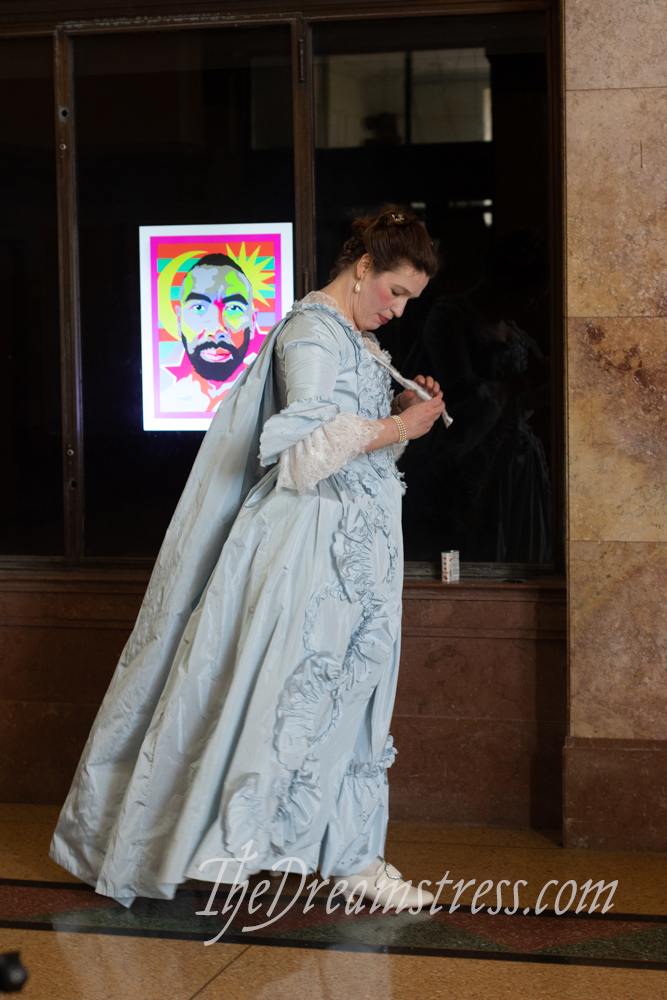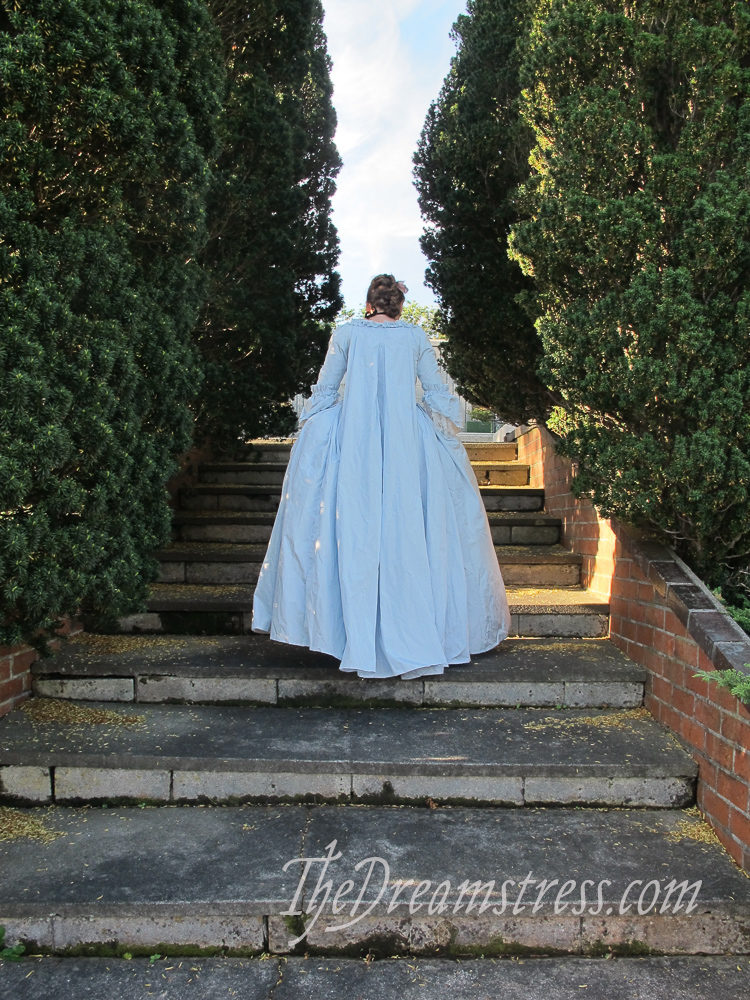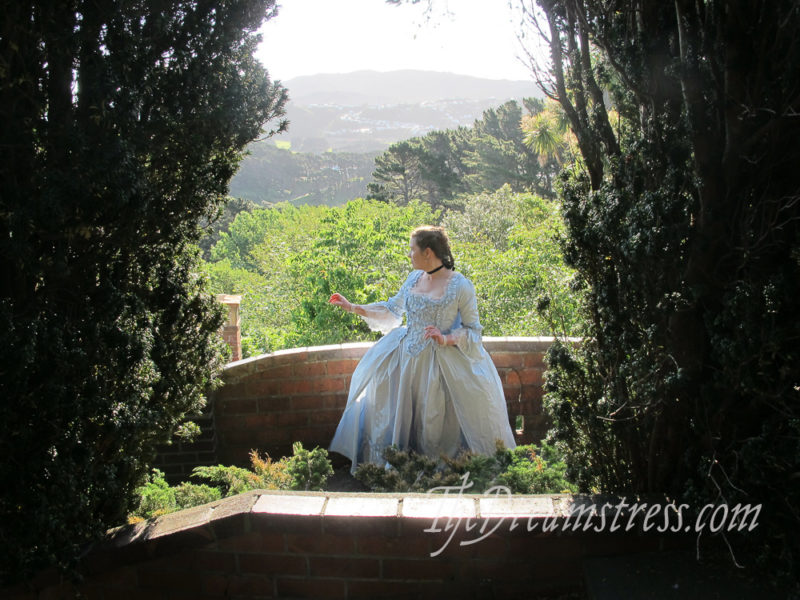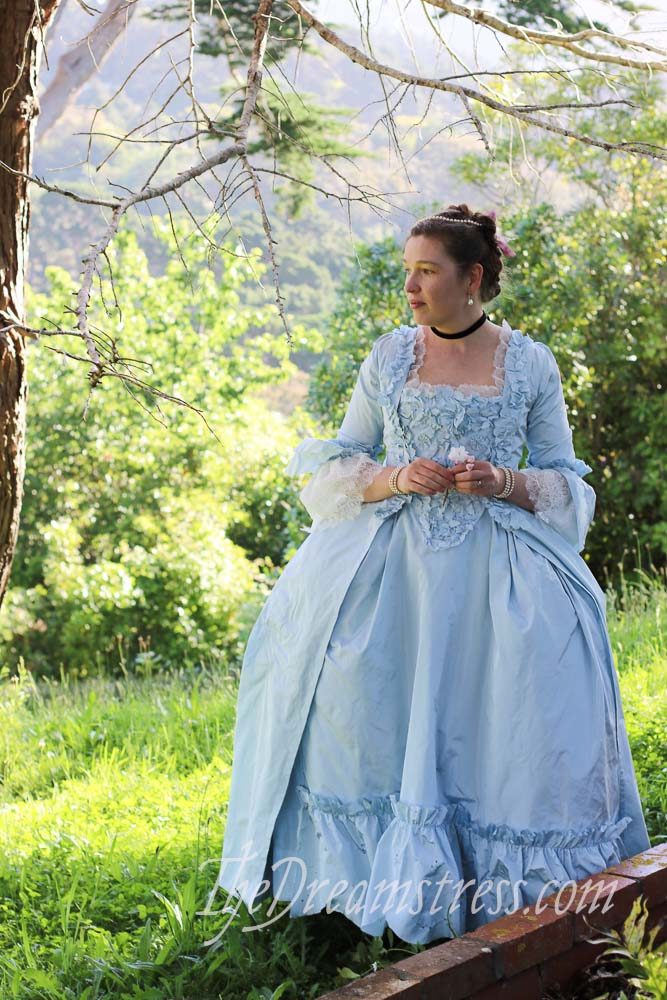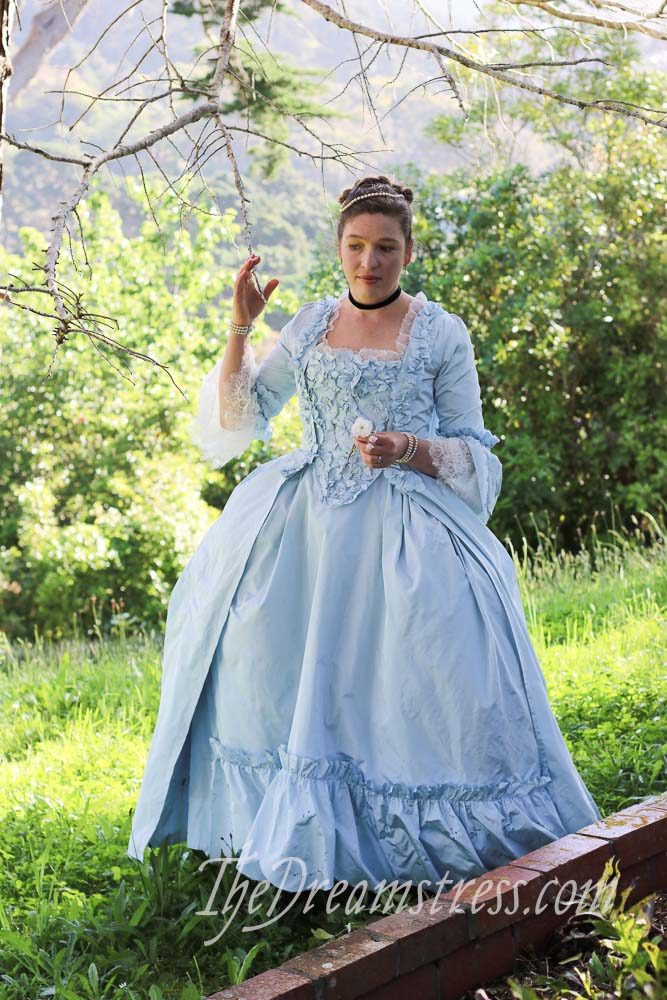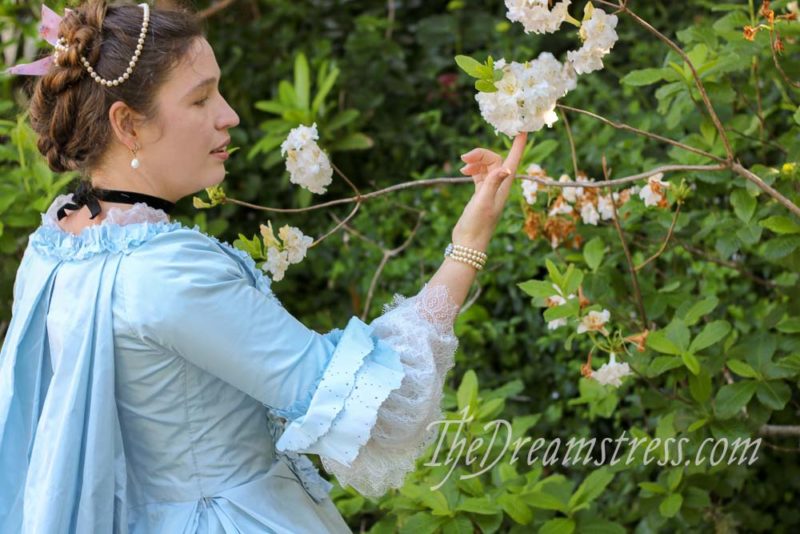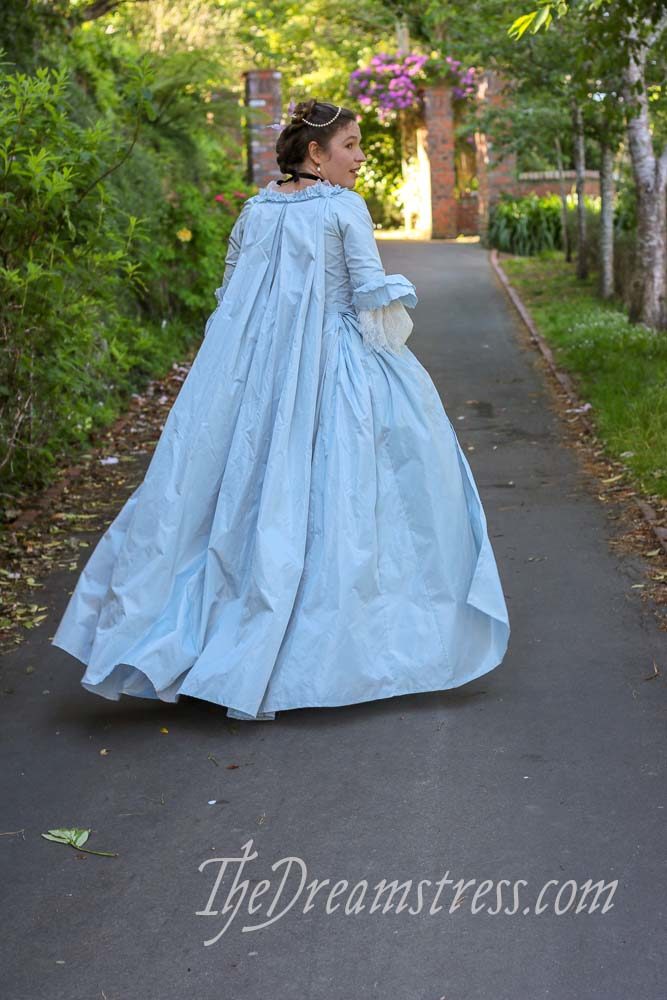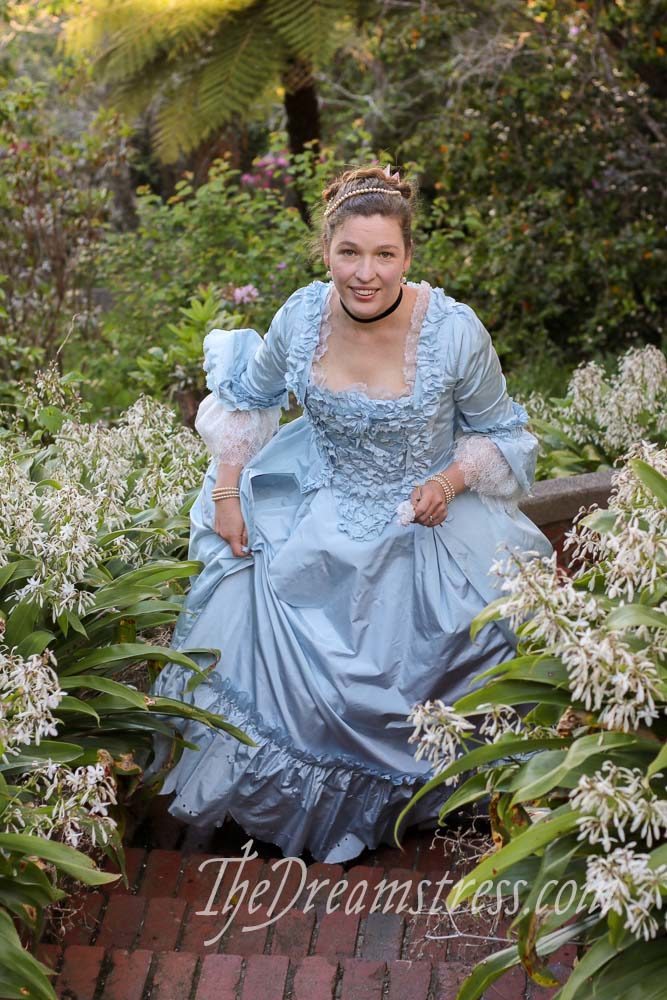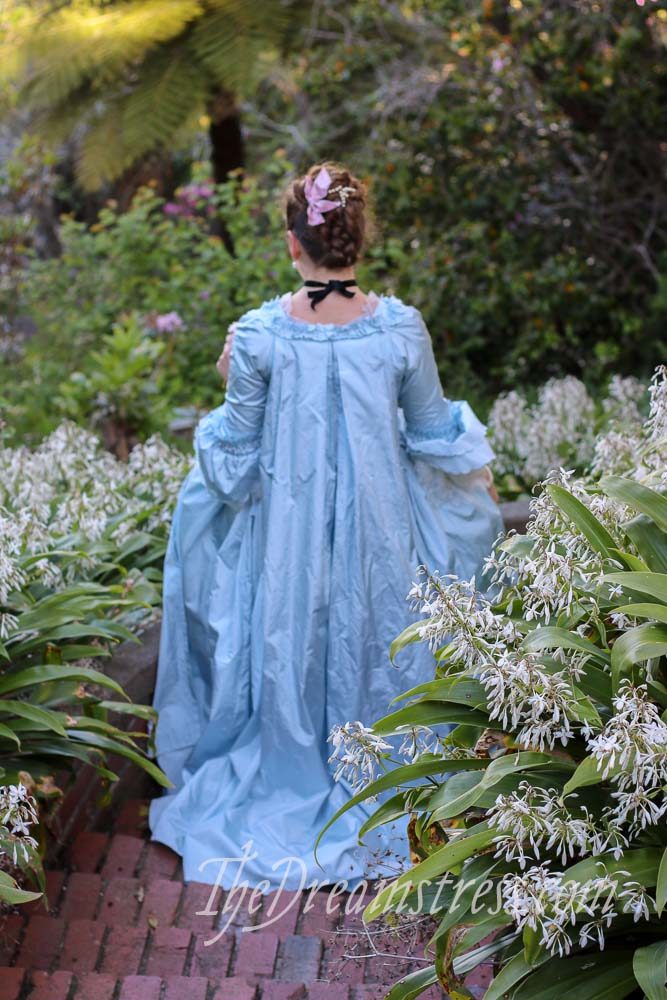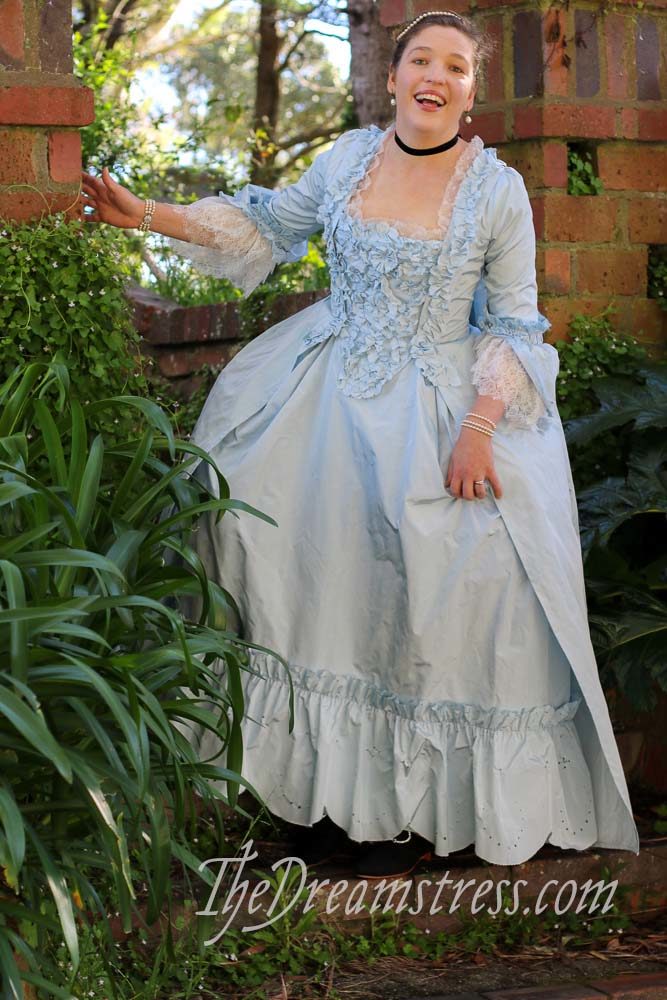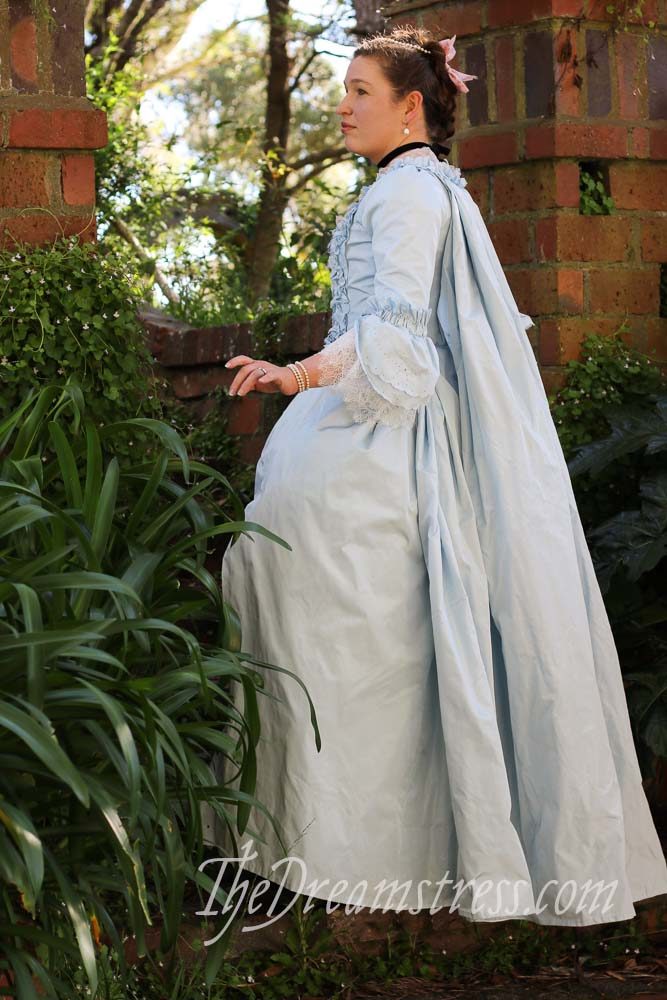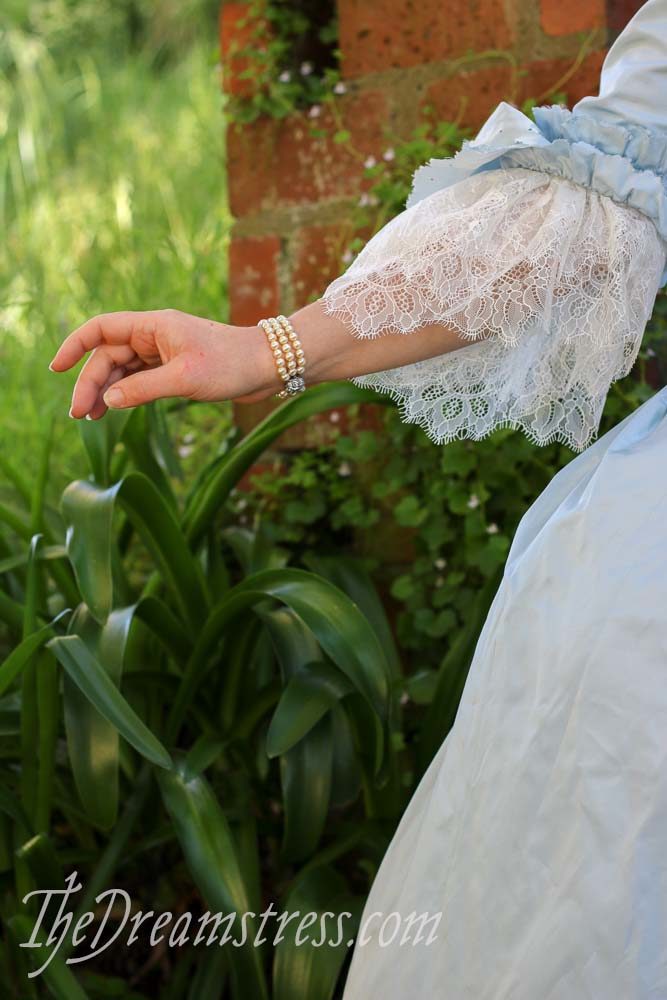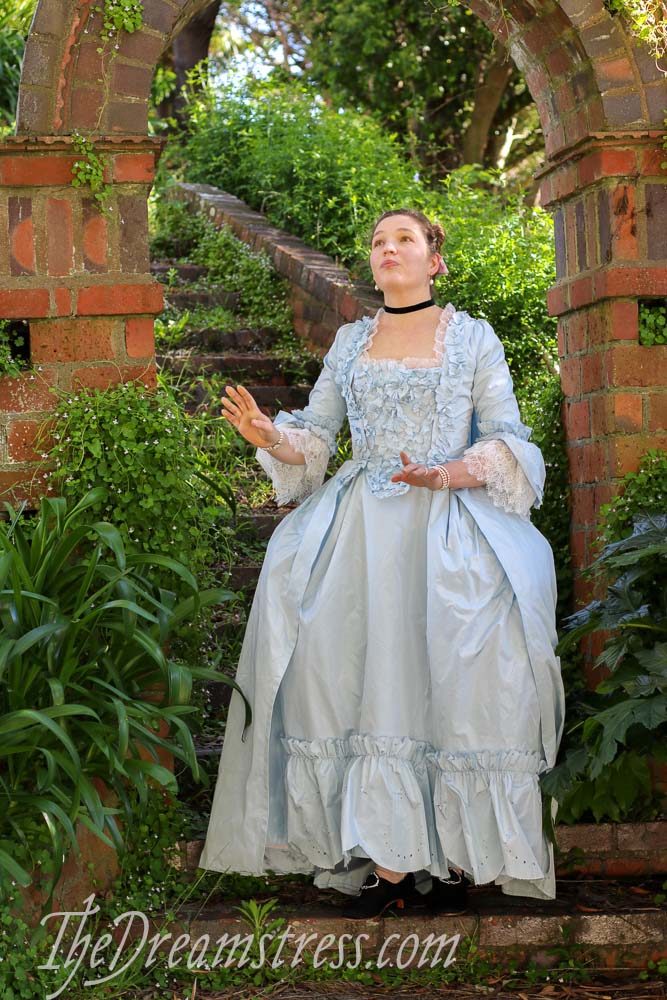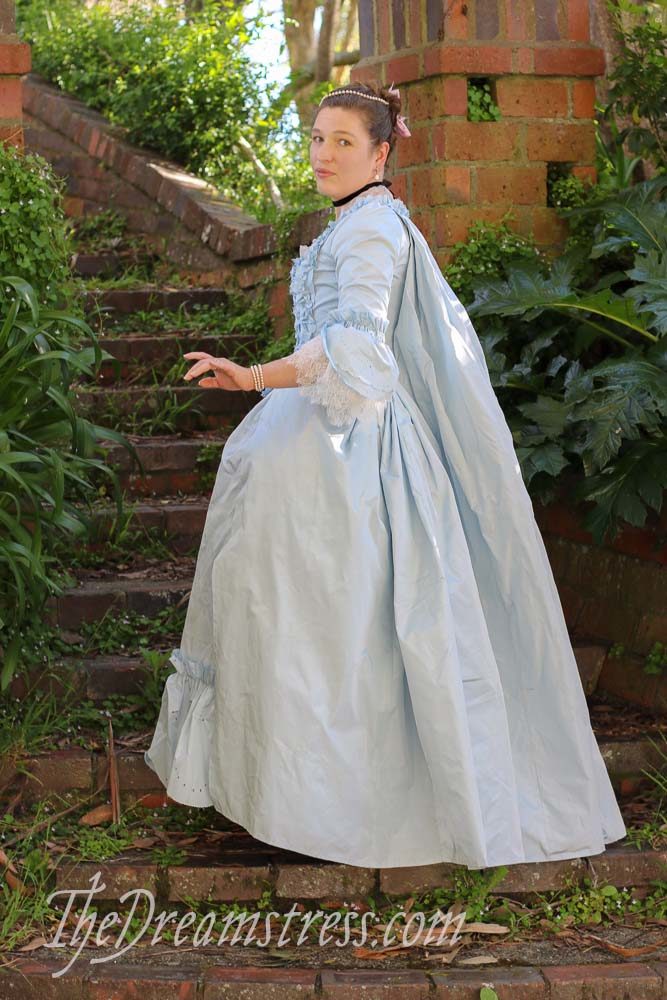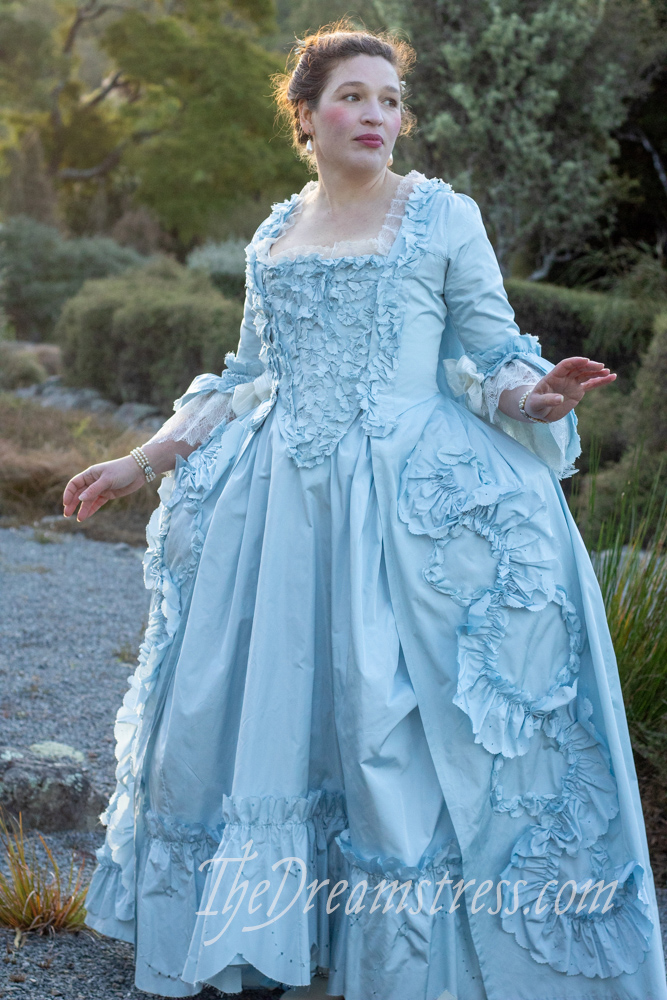
The Idea and Inspiration behind the française:
Back in late 2009 or early 2010 I found the most glorious, scrumptious silk taffeta in pale blue at The Fabric Store (back when it was Global Fabrics!). It just begged to be made into a Robe a la Française.
I love the 1750s and 1760s – hair is still low, ruffles are in abundance, and styling is at the the peak of Rococo frothiness. While the French styles of this era, epitomised by Madame de Pompadour, are gorgeous, I prefer the more restrained English take on the 1760s sacque. I have a particularly fondness for punched silk trim: it’s such a typically 18th century touch.
So, that was the inspiration: a 1760s française in the frothiest version of the English style, with punched silk trim. The taffeta fabric gave the dress its name: the Frou-Frou Française.
Little did I know when I started it, but the Frou-Frou Française would take seven years to finish, and that by the time I had finished it I would have sewn every single seam in the dress by hand at least twice! There were health setbacks, and fit setbacks, and not-having enough fabric setbacks (and then miraculously finding more, 8 years after the initial purchase).
Nor did I imagine that by the time I finished it I would have a pattern line named after frou-frou’s more technical synonym: Scroop!
The dress has been quite a learning curve, as much about taking care of myself, and accepting my own limitations, as it has been about 18th century dress construction. It’s not perfect, but I am proud of it.
Inspiration Gallery
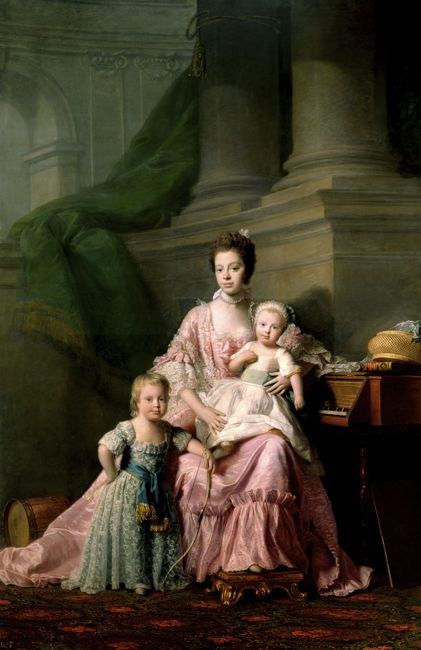 |
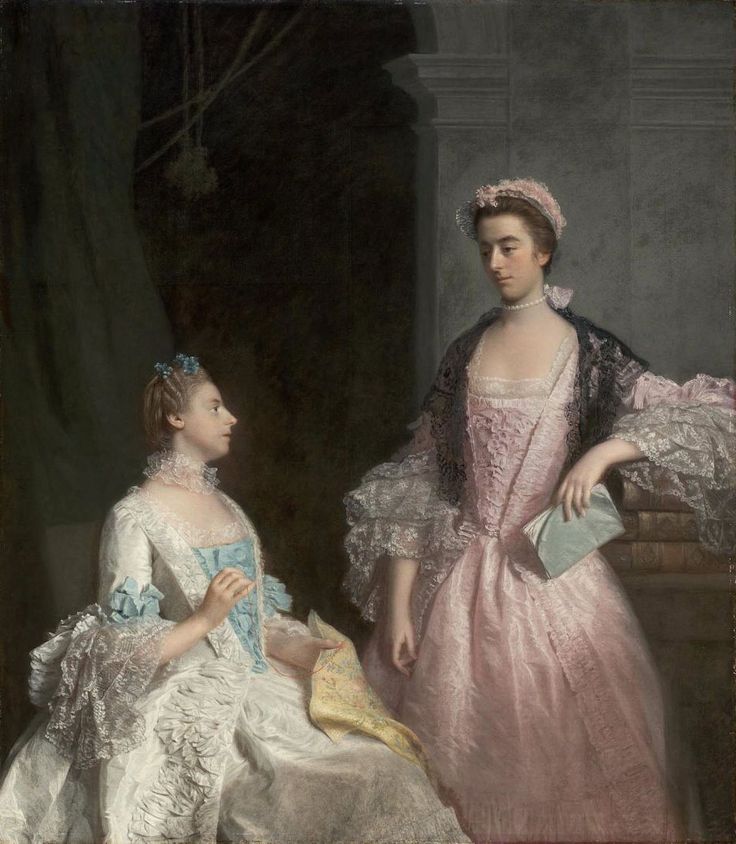 |
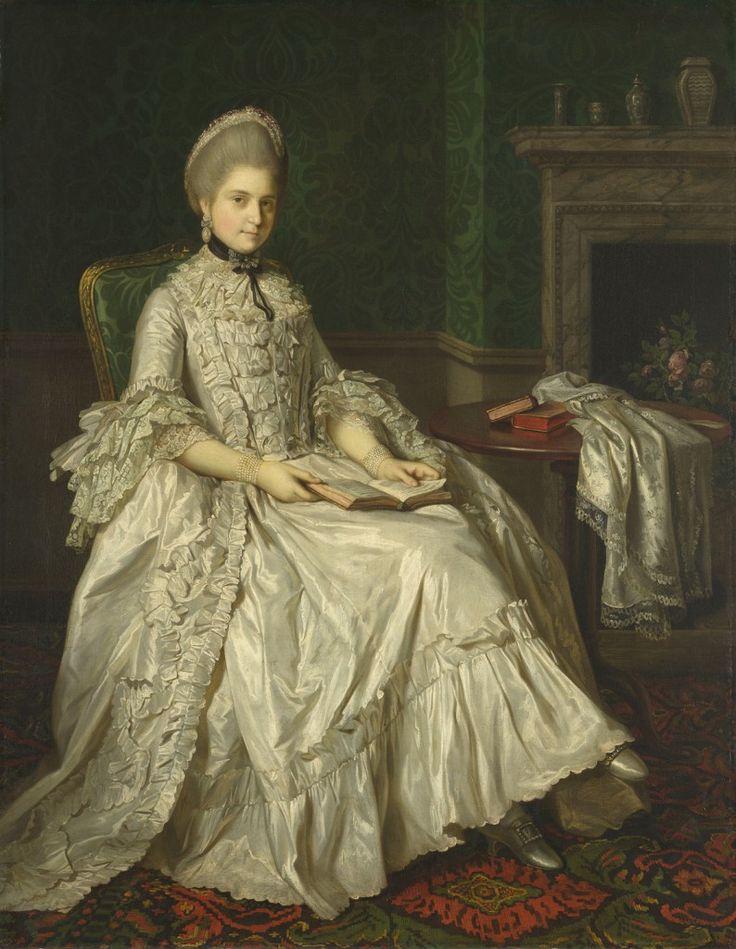 |
| Allan Ramsay (1713—1784), Queen Charlotte (1744-1818), 1765, Windsor Castle |
Allan Ramsay Mrs. Laura Keppel and her sister Charlotte, Lady Huntingtower, 1765 MFA, Boston |
Nathaniel Dance Holland, Maria Walpole, Duchess of Gloucester, ca. 1765 Virginia Museum of Fine Arts, Richmond. |
 |
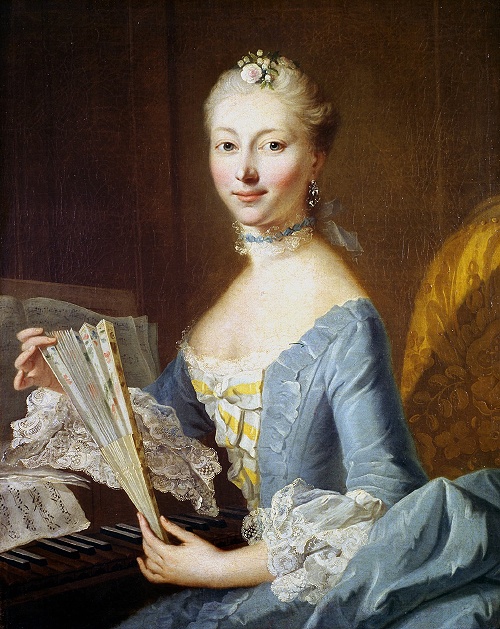 |
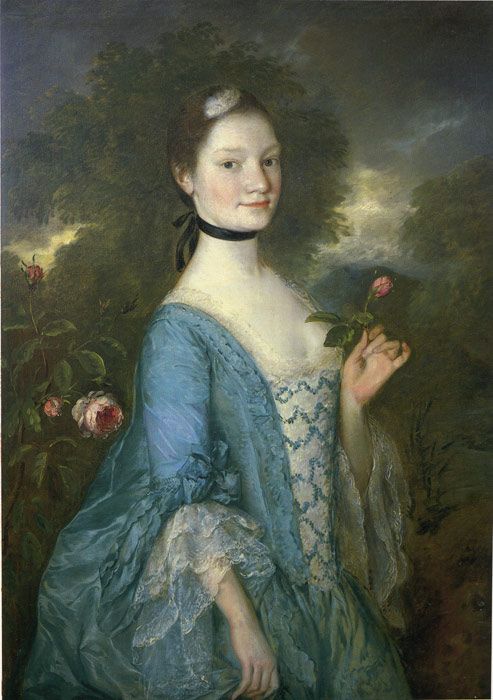 |
| François Hubert Drouais (1727—1775) Portrait of a Woman, Said to be Madame Charles Simon Favart (Marie Justine Benoîte Duronceray, 1727—1772), 1757, Metropolitan Museum of Art |
Johann Heinrich Tischbein An Unknown Lady at the Spinett, 1753 |
Thomas Gainsborough, Lady Innes, 1757 |
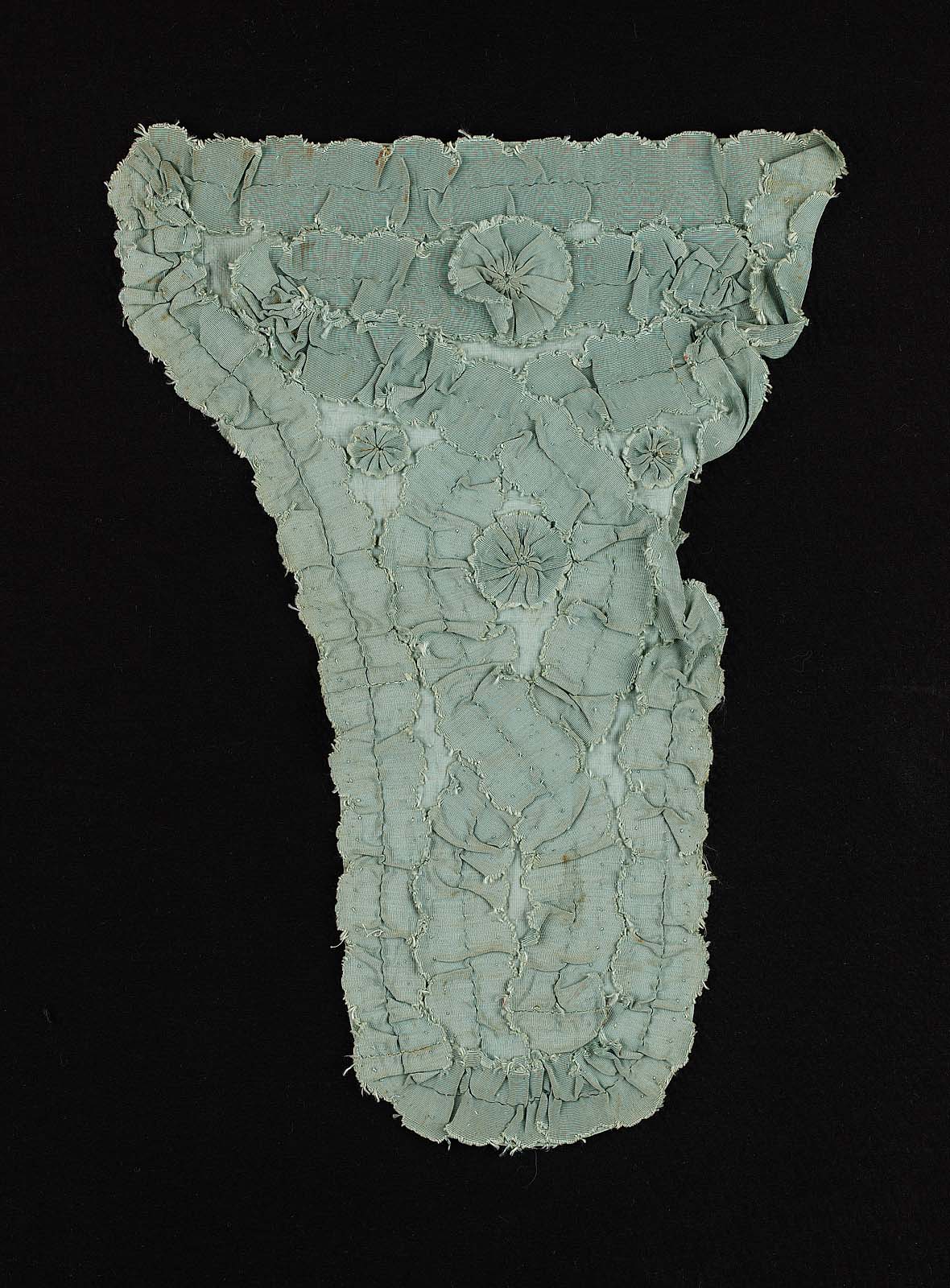 |
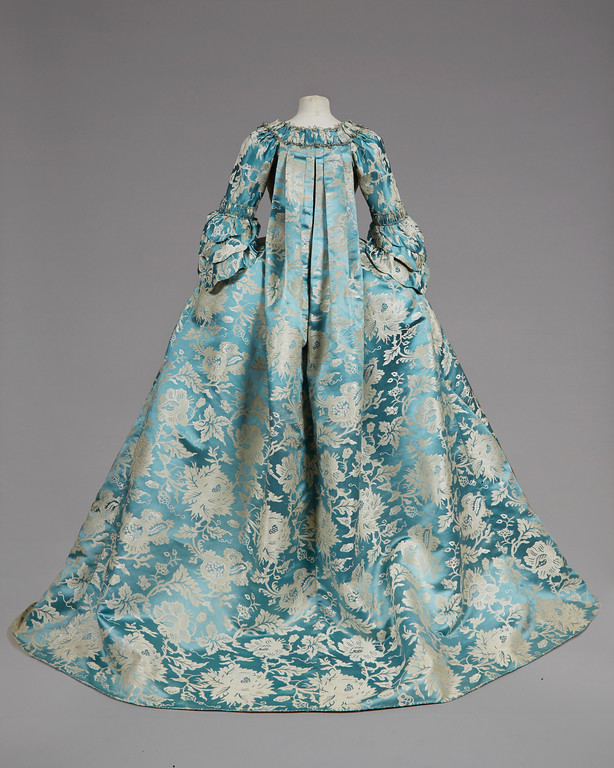 |
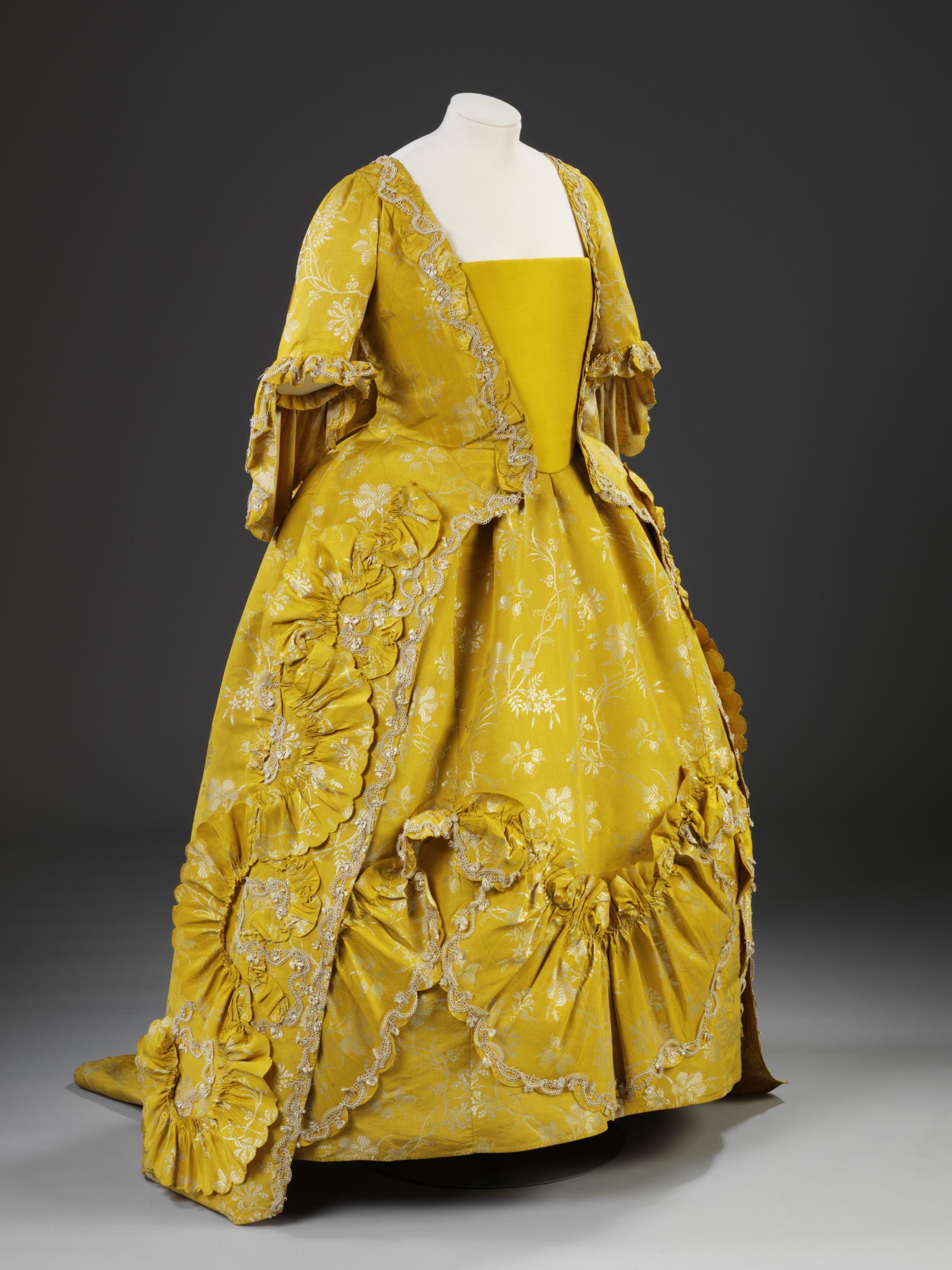 |
| Stomacher, American, mid 18th century, silk , Boston Massachusetts, MFA Boston 49.918 |
Robe a la Francaise, 18th century (1770s), silk, Lot 550, sold by Whittakers Auctions, Fall 2016 |
Sack, Spitalfields (fabric) Great Britain, 1755 – 1760 1760 – 1765 (sewing) Silk, linen, VAM T.426&A-1990 |
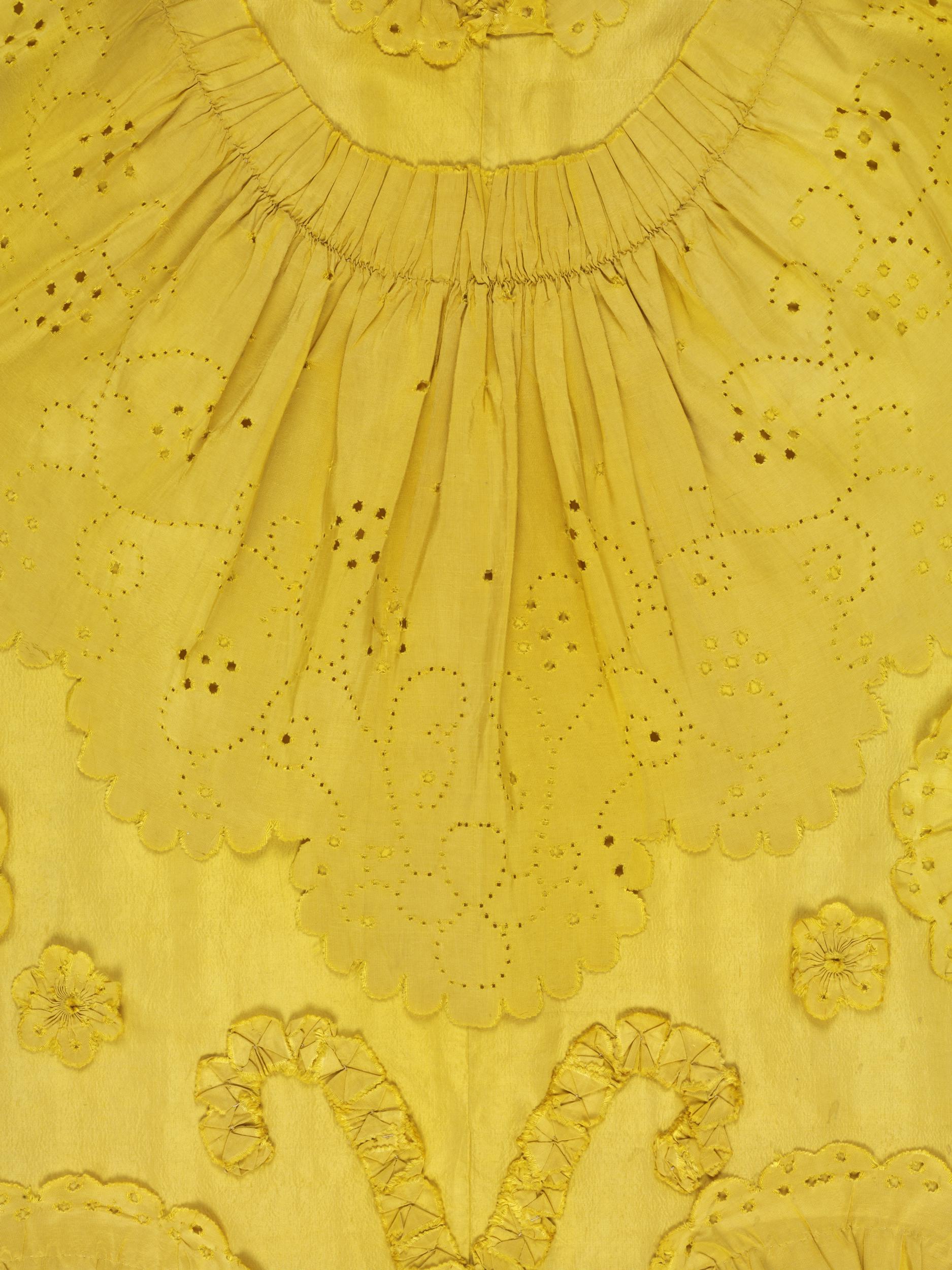 |
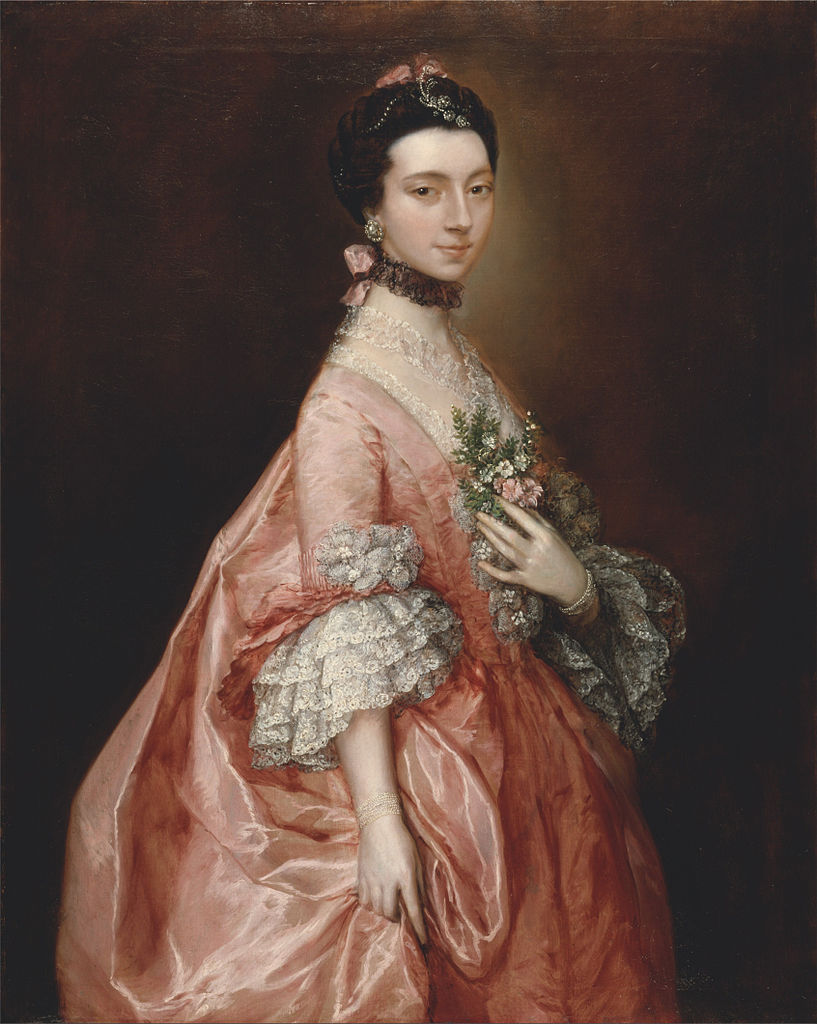 |
 |
| Sack, England, 1770s, 1870 -1910 (altered), Silk, linen, glazed wool, Victoria & Albert Museum, T.60 to B-1934 |
Thomas Gainsborough, Mary Little, Later Lady Carr, (c. 1763), Yale Center for British Art |
Robe a la Française, ca. 1760, British, silk, Metropolitan Museum of Art, 11.60.232a, b |
Fabric and Materials:
- Silk taffeta
- Linen bodice lining
- Linen & silk thread to sew
- Cotton waist tapes, cotton lacing ties
- Lace for the engageantes from silkworld.com.au
The Undergarments:
- 18th century shift
- 1760s theatrical stays
- Linen paniers
The Française Dress Diary:
Inspiration & Construction:
- The Frou-Frou Française: the inspiration
- The underbodice and pleats
- Starting the petticoat
- Petticoat progress, problems, and punched ruffles
- The Queen-Charlotte inspired petticoat
- Five Years Later: Frou Frou Française progress
- A Frou-Frou Stomacher, and making buckram
- Sleeves & Sleeve Ruffles construction
- Making engageantes from scalloped lace
Photoshoots:
- The first wearing: the française at Ramsay to Renoir
- The Frou-Frou Française – almost there! (a wearable but not finished photoshoot)
- The first finished photoshoot
Research on Française:
- Arnold, Janet. Patterns of Fashion 1660-1860: the quintessential book for 18th century dress patterns. While it doesn’t include much in the way of construction information, the extremely clear patterns and garment details are very helpful for figuring out the subtleties of the pattern shapes, and the finishing details.
- Baumgarden, Linda and Watson, John with Florine Carr. Costume Close-Up: Clothing Construction and Pattern 1750-1790. Excellent details of a 1770s-80s française and its construction. Absolutely invaluable.
- Bradfield, Nancy. Costume in Detail: 1730-1930. Very helpful detailed sketches of garments and and accessories from this period.
- Stowell, Lauren and Cox, Abby. The American Duchess Guide to 18th Century Costuming. I found the française instructions tricky as they were missing some important construction steps, and the instructions didn’t match what was shown in of the photos in some steps. However, I’d still highly recommend the book: the petticoat construction, stitch information, and accessory tutorials were extremely helpful.
- Waugh, Norah. The Cut of Women’s Clothes: 1600-1930. Great patterns, and even better period quotes on fashions of the times.

